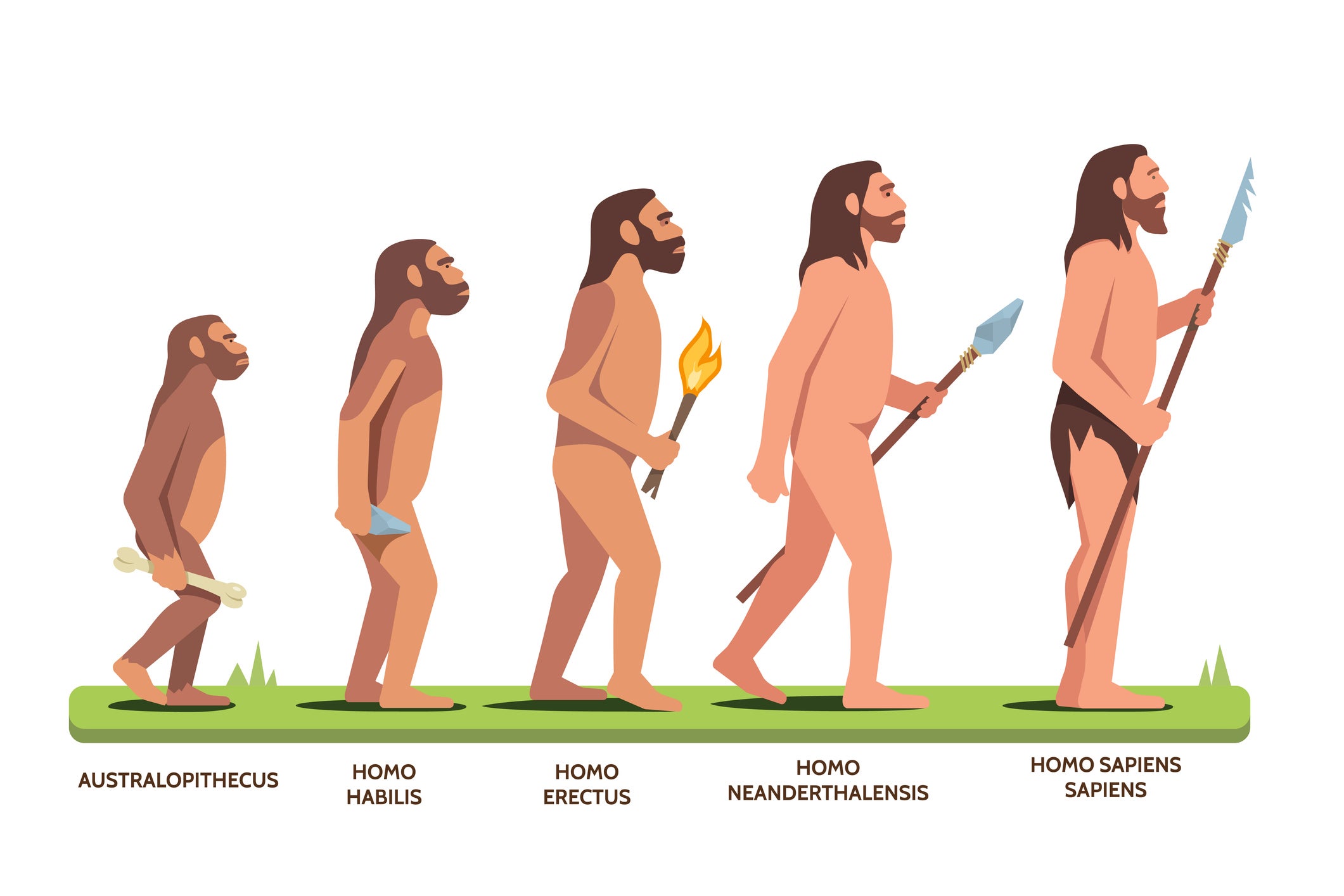Researchers finally reveal where the first humans went after leaving Africa
After years of debate, a new study offers an answer
Our species emerged in Africa more than 300,000 years ago, with a migration out of the continent 60,000 to 70,000 years ago heralding the start of the global spread of Homo sapiens.
But where did these pioneers go after leaving Africa?
These bands of hunter-gatherers appear to have lingered for thousands of years as a homogeneous population in a geographic hub that spanned Iran, southeast Iraq and northeast Saudi Arabia before going on to settle all of Asia and Europe starting roughly 45,000 years ago, scientists said on Monday.
Their findings were based on genomic datasets drawn from ancient DNA and modern gene pools, combined with paleoecological evidence that showed that this region would have represented an ideal habitat. The researchers called this region, part of what is called the Persian Plateau, a “hub” for these people - who numbered perhaps only in the thousands - before they continued onward millennia later to more distant locales.
“Our results provide the first full picture of the whereabouts of the ancestors of all present-day non-Africans in the early phases on the colonization of Eurasia,” said molecular anthropologist Luca Pagani of the University of Padova in Italy, senior author of the study published in the journal Nature Communications.

Anthropologist and study co-author Michael Petraglia, director of the Australian Research Centre for Human Evolution at Griffith University, said the study “is a story about us and our history - our goal was to unravel some of the mystery about our evolution and our worldwide dispersal.”
“The combination of genetic and paleoecological models allowed us to predict the location where early human populations first resided as soon as they exited Africa,” Petraglia added.
These people lived in small, mobile bands of hunter-gatherers, the researchers said. The hub location offered a variety of ecological settings, from forests to grasslands and savannahs, fluctuating over time between arid and wet intervals.
There would have been ample resources available, with evidence showing the hunting of wild gazelle, sheep and goat, Petraglia said.
“Their diet would have been composed of edible plants and small- to large-sized game. Hunter-gatherer groups seemed to have practiced a seasonal lifestyle, living in the lowlands in the cooler months and in the mountainous regions in the warmer months,” Petraglia said.
The people inhabiting the hub at the time apparently had dark skin and dark hair, perhaps resembling the Gumuz or Anuak people now living in parts of East Africa, Pagani said.
“Cave art simultaneously appeared as soon as people left the hub. So these cultural achievements might have been brewed while in the hub,” Pagani said.
Their eventual dispersal in different directions beyond the hub set the basis for the genetic divergence between present-day East Asians and Europeans, the researchers said.

The study tapped into modern and ancient genomic data for European and Asian people.
“We found particularly useful the oldest genomes, dating from 45,000 to 35,000 years ago,” said molecular anthropologist and study lead author Leonardo Vallini of the University of Padova and the University of Mainz in Germany.
The researchers devised a way to disentangle the extensive genetic mixing of populations that has occurred since the dispersal out of the hub in order to pinpoint this region.
There were earlier small-scale excursions of Homo sapiens out of Africa before the pivotal migration 60,000 to 70,000 years ago, but these appear to have been dead-ends.
Homo sapiens was not the first human species to live outside of Africa - including the area encompassing the hub. Ancient interbreeding by our species has left a small Neanderthal contribution to the DNA of modern non-Africans.
“Neanderthals are attested in the area before the arrival of Homo sapiens, so the hub may well have been where that interaction took place,” Vallini said.
Join our commenting forum
Join thought-provoking conversations, follow other Independent readers and see their replies
Comments
Bookmark popover
Removed from bookmarks